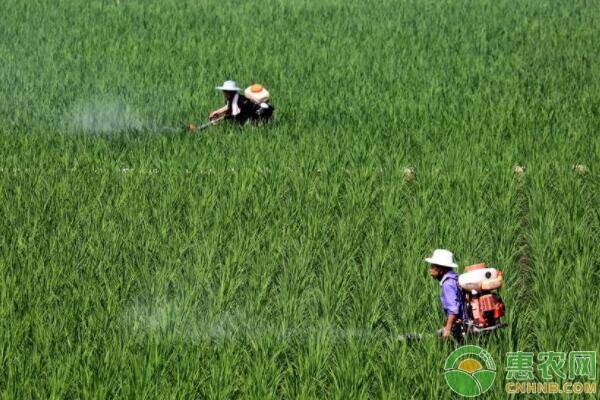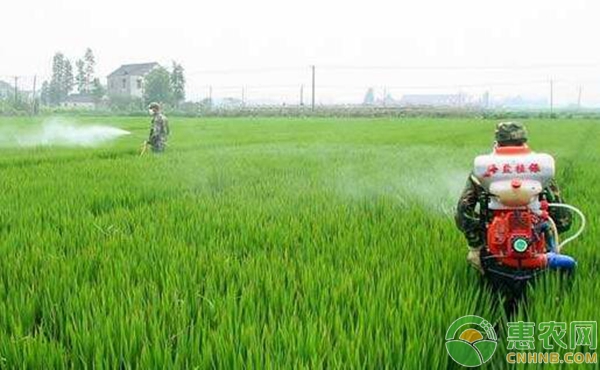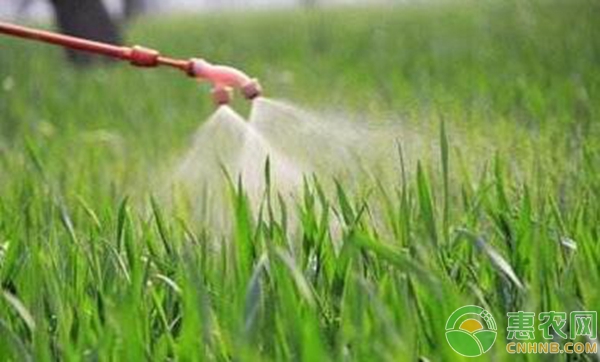Farmers and friends should know that pesticides need to be sprayed when planting crops, but there is always no way to dilute and mix pesticides. In fact, as long as you master the following 4 points, it is natural to make our pesticides more objective. The effect of de-worming diseases, the next small series will slowly come for everyone. First, master the four principles of dispensing (1) Do not use water, because there are many impurities in the water, it is easy to block the contact of the sprayer. (2) Without well water, the well water contains more minerals such as calcium and magnesium. These minerals are easily mixed with pesticides to precipitate and reduce the efficacy. (3) Without adding a lot of water, adding too much water reduces the efficacy of the pesticide and even completely fails. (4) Do not fight drugs at high temperature and rain time, fight drugs in high temperature weather, plant metabolism is strong, leaves stomata open, but it is easy to produce phytotoxicity, reducing the control effect. Second, four types of pesticide dilution methods (1) Liquid pesticide dilution method: Pour one-third of the water into the container, then pour a certain amount of the medicine into the container, add water again to the full, and then mix it with the wooden strip to use. (2) Wettable powder dilution method: first dilute to a relatively thick mother liquor with a small amount of water, and then mix according to the instructions on the pesticide bottle. (3) Dilution method of powdered pesticide: diluted with filler, generally diluted with plant ash, rice bran, etc. (4) Dilution method of granular pesticide: Mix with appropriate filler, for example, use soft soil to dilute and stir evenly according to a certain ratio. Third, pesticide dilution conversion method (1) Watering method: When several pesticides are mixed, not every time one kind of medicine is added, water is added once, but each kind of medicine uses the same water to calculate the concentration. (2) Concentration calculation: Percentage concentration refers to the number of copies of 100 parts of liquid medicine, expressed by "%". For example, 3% urea means 3 kg of urea and 97 kg of water in 100 kg of urea solution. (3) The formula for converting the percentage concentration into ppm concentration is: the number of water added to one pesticide = the percentage of pesticide × 1000000 / the number of ppm to be formulated. For example, the content of 30% of ethylene is formulated into 1 kg of 2000 ppm solution, and the amount of water added by ethylene is 30% × 1000000/2000 = 150 parts. The above is the details of pesticide dilution and compounding compiled by Huinong. After reading it, is it very clear how to configure the pesticide? If it is useful to you, collect it. Being a new farmer is a necessary skill for our generation! 1 ml sterile hypodermic syringe,2ml syringe,dispensing syringe,auto disable safety syringe Shandong Zhushi Pharmaceutical Group Co.,LTD , https://www.sdzs-medical.com

